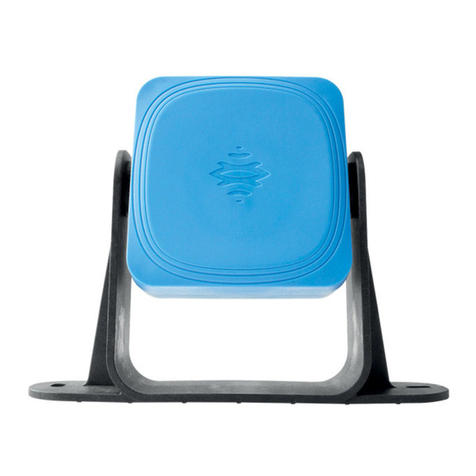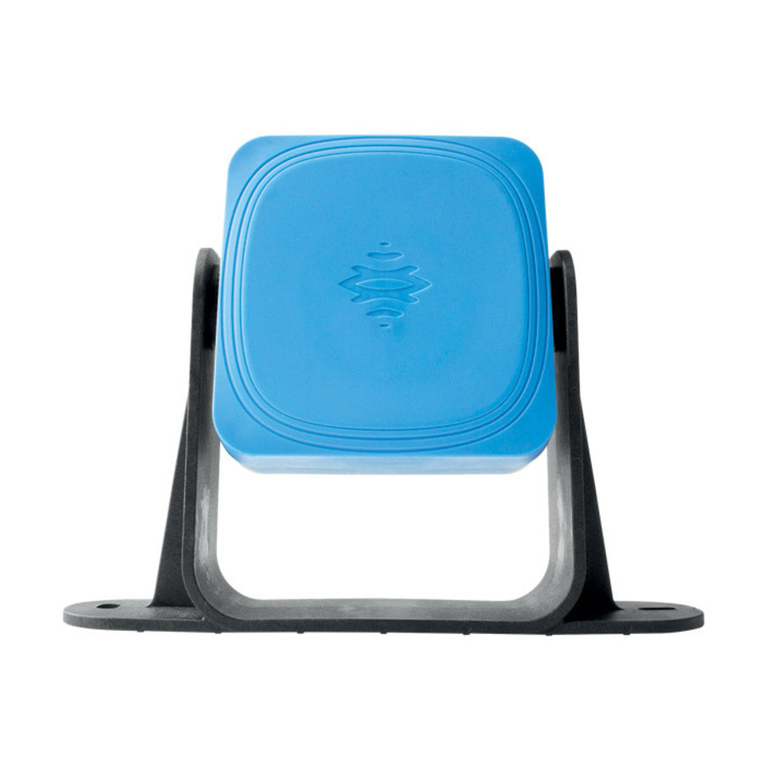
6MSK-101-POE-MM| Advanced configuration manual v1.1 DEC 2019 |msk-101-poe-advanced-config_en_us v1.1|© 2019 Inxpect SpA
Part Description
LFastening screw for case-back plate
Note: the case-back plate fastening screw is not
a part of the sensor anti-removal and anti-tear
system.
MHole for access to the Ethernet port
1.1.4 LED
Status Meaning
Steady
red
Motion detected in alarm area
Flashing
red
Motion detected in pre-alarm area
Purple Sensor tampered with, faulty or
masked
Flashing
purple
Permanent failure. Contact technical
assistance to repair or replace the
sensor.
Blue Motion signal processing in progress.
Flashing
blue
Sensor initialization phase in progress.
Requires a free area of approximately 1
m around the sensor and lasts 10-15
seconds.
Note: during the initialization phase, the
masking signal is disabled.
1.2 Configuration and
communication
1.2.1 Introduction
The sensor communicates through a secure
HTTPS connection that requires installation of a
specific certificate. The certificate can be
downloaded from the website
www.inxpect.com/security/tools.
Thanks to REST type API, it is possible to read and
write the configuration of the sensor and see the
status.
Access to most of the operations is password
protected.
1.2.2 Available information
The sensor provides the following information:
lthe distance and dimension of the last detected
object
lalarm signals for:
oobject detected in the alarm area
oobject detected in the pre-alarm area
otampering
omasking
omalfunction, error or failure
1.2.3 API documentation
For detailed information about the implemented
APIs and to integrate them into your system, refer
to the document Inxpect MSK-101-POE Rest API,
which can be downloaded from the website
www.inxpect.com/security/tools.
1.2.4 Web interface for
configuration
The sensor can be easily configured through the
integrated web interface, accessible via a web
browser.
1.2.5 Access to the web interface
By default, the sensor tries to acquire a dynamic IP
address through DHCP. If the operation fails, it
acquires an IP through Auto IP (first attempt
address: 169.254.1.50).
The web interface can be easily reached through
the serial number of the sensor using protocols
like NetBIOS and/or mDNS (see "Access to the web
interface" on page18). On the web interface it is
possible to change the default settings, for
example setting a static IP address.
1. Get to know MSK-101-POE-MM





























